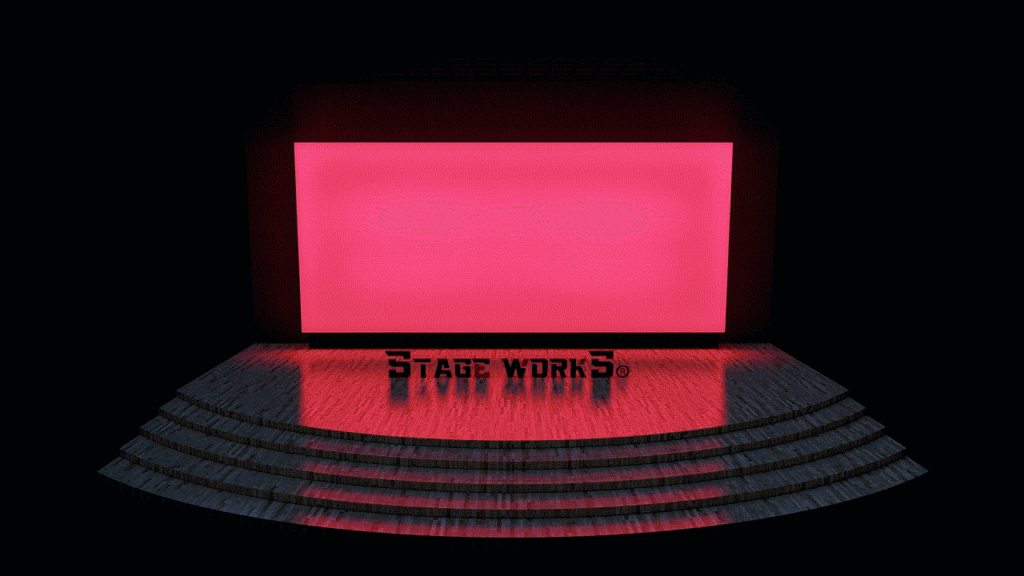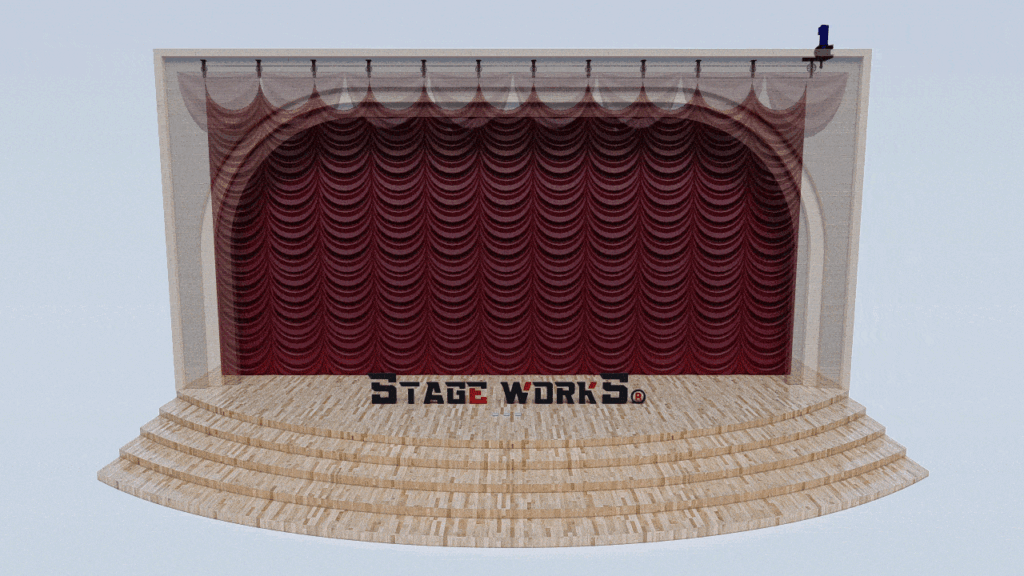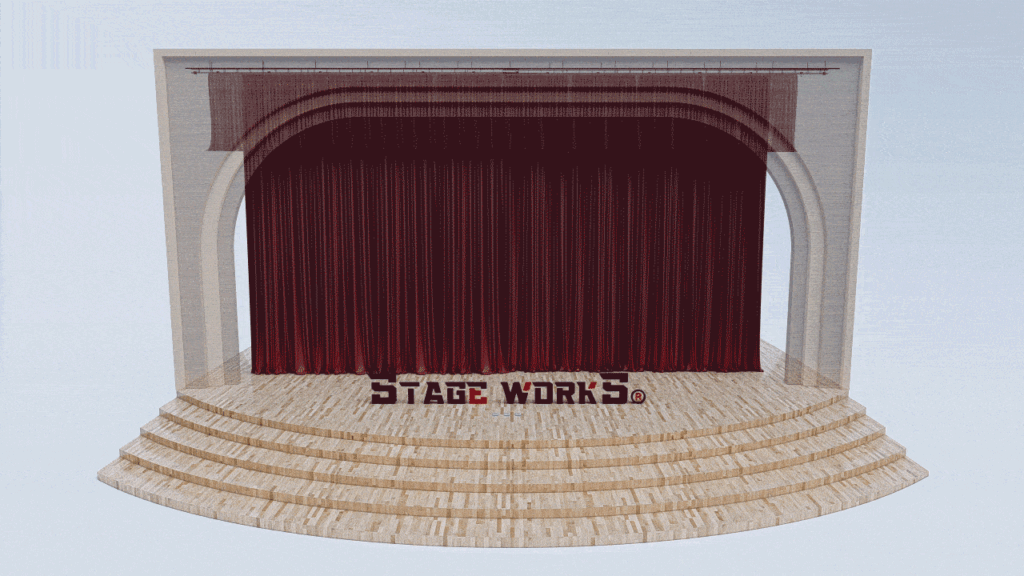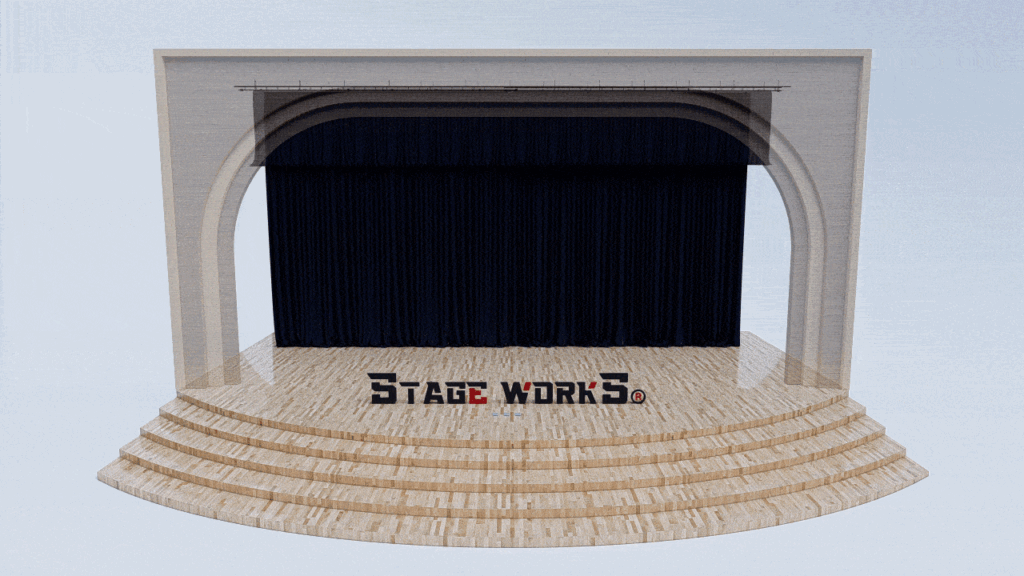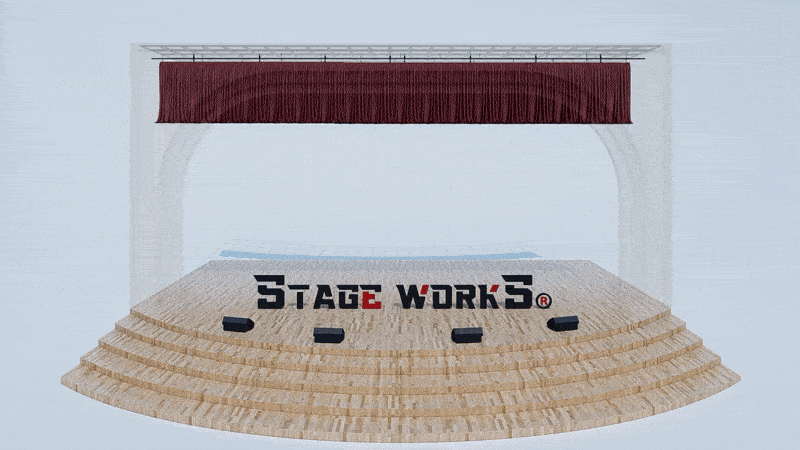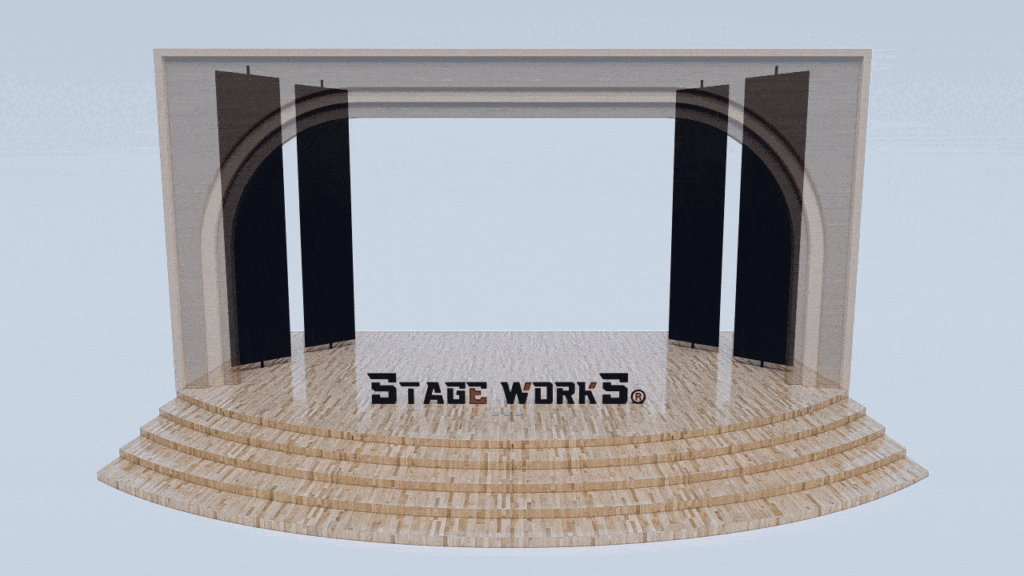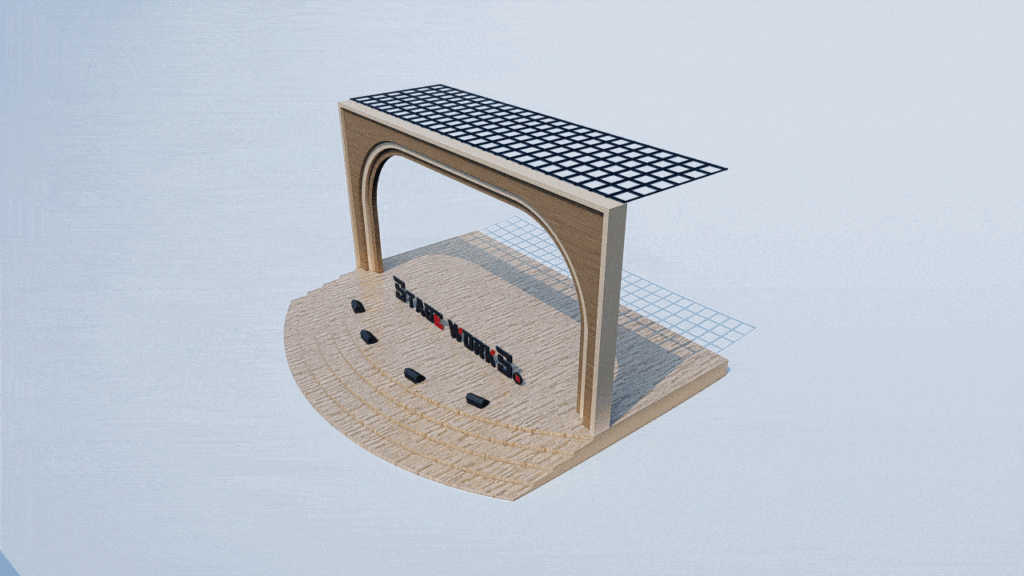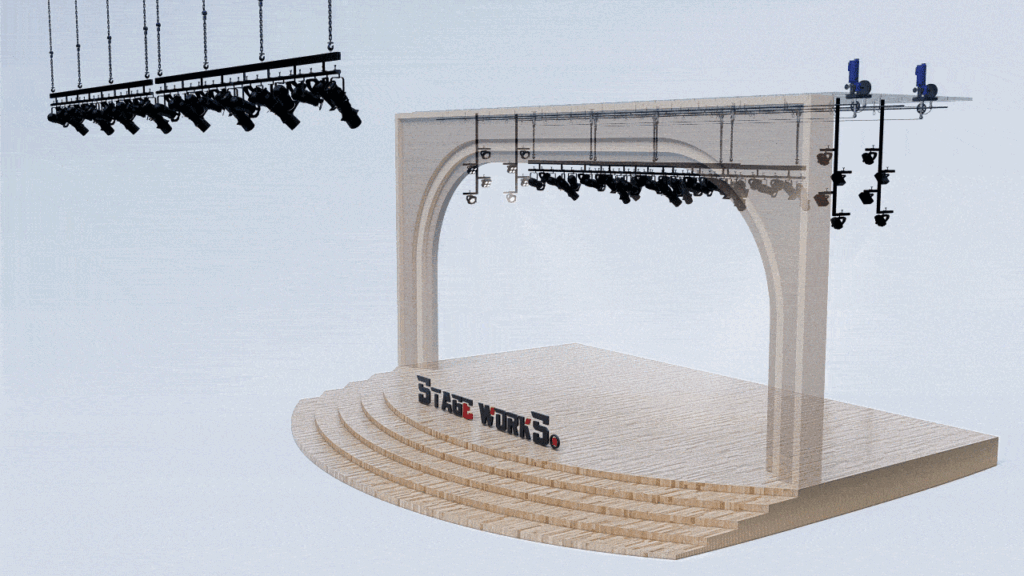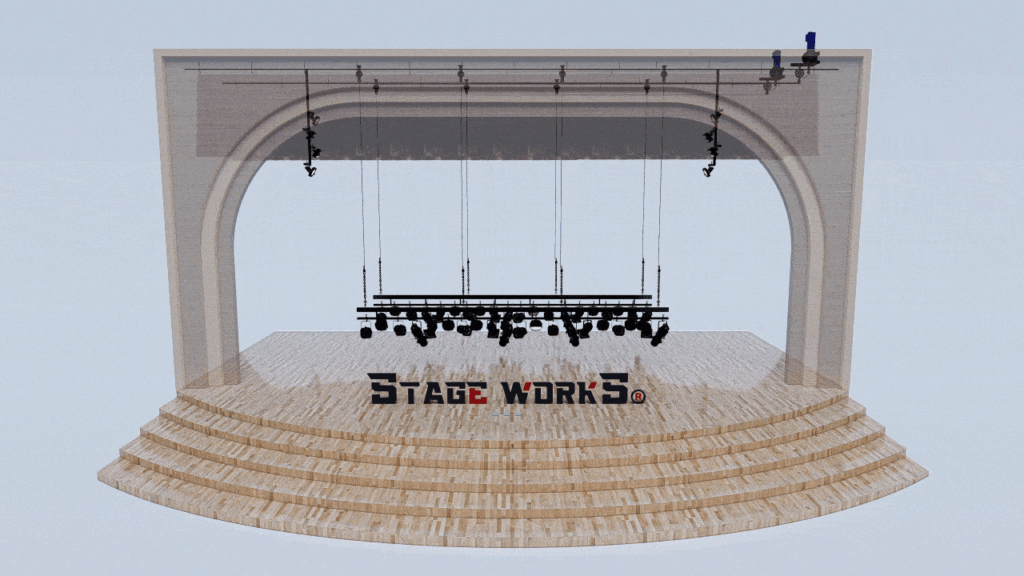The Unsung Heroes of the Stage: Unveiling the World of Stage Curtains
From the hushed anticipation before the curtain rises to the thunderous applause that follows its final fall, stage curtains play a pivotal, often unseen, role in every theatrical performance. More than mere fabric, they are integral design elements that significantly impact the audience experience, shaping the mood, enhancing the storytelling, and contributing to the overall success of a production. This exploration delves into the fascinating world of stage curtains, revealing their diverse functionalities and the artistry behind their creation.
Understanding the Diverse Roles of Stage Curtains
Stage curtains serve a multitude of purposes beyond simply concealing the backstage area. Their functionality extends to:
- Masking: Effectively concealing sets, props, and backstage activity, allowing for smooth scene transitions and maintaining the illusion of the performance.
- Setting the Mood: The color, texture, and even the way a curtain is draped can instantly establish the atmosphere of a scene – from the dark mystery of a velvet curtain to the bright cheerfulness of a translucent voile.
- Transitions and Reveals: Carefully timed curtain movements can dramatically heighten suspense, create surprise, or smoothly transition between scenes, adding another layer to the narrative.
- Sound Absorption: Certain curtain materials can help to regulate the acoustics of the performance space, minimizing unwanted noise and enhancing sound quality.
- Aesthetic Enhancement: Curtains can contribute significantly to the overall aesthetic of the theatre, complementing the design of the stage and the production itself.
The Art and Science of Stage Curtain Design
Designing effective stage curtains requires a blend of artistic vision and technical expertise. Factors to consider include:
- Fabric Selection: The choice of fabric dramatically impacts the drape, light absorption, and overall look. Options range from heavy velvet for dramatic productions to lightweight fabrics for delicate scenes. Factors like fire retardancy and durability are also crucial.
- Color and Pattern: Color selection plays a significant role in setting the tone and mood. Patterns and textures can add depth and visual interest, contributing to the overall design aesthetic.
- Hardware and Mechanisms: The curtain’s mechanism—whether it’s a simple rope and pulley system or a sophisticated automated system—is crucial for smooth and reliable operation. The hardware must be robust and reliable, ensuring consistent performance.
- Lighting Considerations: How the fabric interacts with light is critical. Some fabrics diffuse light beautifully, while others absorb it, creating different lighting effects.
Choosing the Right Stage Curtains for Your Production
Selecting the right stage curtains involves careful consideration of your specific needs and the nature of your production. Key factors include:
- Type of Performance: The genre of the play will greatly influence the choice of curtain style, fabric, and color.
- Budget: Stage curtains range widely in price, depending on the fabric, hardware, and level of customization.
- Stage Size and Configuration: Accurate measurements and an understanding of the stage’s dimensions are essential for proper sizing and installation.
Stagecurtains.in: Your Partner in Theatrical Excellence
At stagecurtains.in, we understand the crucial role that stage curtains play in bringing a production to life. We offer a wide selection of high-quality curtains, designed to meet the diverse needs of theatre professionals. From custom designs to standard options, we work closely with our clients to ensure they have the perfect curtains for their next performance.



